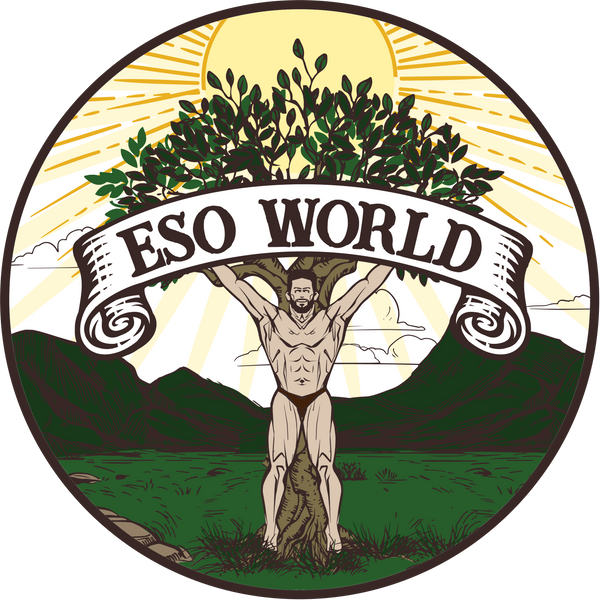Navigating the modern food landscape feels like stepping through a minefield, where hidden dangers like chemicals and endocrine disruptors lurk around every corner, ready to wreak havoc on your health. It’s like they want you to be confused and weak, but not on our watch. Let’s cut through the noise and get real about what’s in our food, why it matters, and how to fight back with knowledge and smart choices.
First up, let’s talk plastic. Yeah, we’ve all heard about BPA, but that’s just the tip of the toxic iceberg. Plastics are loaded with endocrine-disrupting chemicals that can mess with your hormones big time. Studies show that even a tiny amount of bottled water can slam your estrogen and androgen receptors by up to 90%. That’s like getting hit with a chemical sucker punch. So, ditch the plastic bottles and food containers, and switch to glass or stainless steel. Your hormones will thank you.
Now, onto meat and dairy. Picture this: livestock pumped full of synthetic hormones to grow bigger and faster. Those hormones don’t just disappear; they end up in the meat and milk you consume. Organic, hormone-free options are a game changer here. Better yet, go for grass-fed and pasture raised. These animals lead less stressed lives and eat more natural diets, which means cleaner, healthier meat and dairy for you. If you want to dive deeper into the story of dairy and the benefits of raw milk, check out our other blog post here.
And then there are pesticides. Think of them as the hidden assassins in your produce aisle. These chemicals seep into crops, soil, and water, turning your fruits and veggies into little toxin bombs. Organic produce is your shield against this onslaught. Can’t go organic? No sweat. Just make sure to wash and peel your fruits and veggies thoroughly to get rid of as much residue as possible.
Processed foods are another battlefield. These bad boys are packed with additives and preservatives that act like tiny hormone ninjas, disrupting your endocrine system without you even realizing it. Ingredients like artificial flavours, food colourings, and preservatives such as BHT and BHA are common culprits. The solution? Stick to whole, unprocessed foods. The fewer ingredients on the label, the better.
Let’s not forget water. Yep, even your tap water can be a source of endocrine disruptors thanks to contaminants from pharmaceuticals and industrial runoff. A high-quality water filter or distiller is a must-have. It’s like giving your water a detox before it hits your body.
Seafood lovers, beware. Industrial pollutants like PCBs and dioxins love to hang out in fish and shellfish. Wild-caught fish is generally a safer bet than farmed, and choosing species lower on the food chain can help reduce your exposure to these nasty chemicals.
Polyunsaturated fatty acids (PUFAs) are another sneaky threat. Introduced around the 1950s, these fats have been linked to blocked thyroid hormone secretion and slowed metabolism, leading to weight gain and metabolic issues. Seed oils and fish oils are often loaded with PUFAs, so swap them out for healthier fats like coconut oil or dairy butter.
Grains aren’t off the hook either. Many are fortified with non-bioavailable iron and other additives that can cause inflammation and digestive issues. Plus, the introduction of glyphosate to wheat has led to a host of health problems. Reducing grain intake and choosing non-GMO, organic options can help, and remember, it’s not the gluten; it’s the glyphosate.
And here’s a mind-blowing fact: Japan once exposed female catfish to genistein, a soybean isoflavone, and turned 100% of them female. This was no fluke—they repeated the experiment with sturgeon fish and got the same result. This highlights just how powerful endocrine disruptors can be. They’re not just playing with your hormones; they’re rewriting the biological script.
Even stevia, that seemingly innocent sweetener, has a dark side. Back in the 1960s and 70s, it was proposed by scientists as a potential vector for population control due to its contraceptive properties in both males and females. So next time you’re sweetening your tea, remember, not everything labelled "natural" is automatically safe.
Stress can also mess with your hormones, but here’s the kicker: not all stress is bad. Eustress, the good kind of stress, boosts your metabolism and balances your endocrine system. Think of the rush you get from a great workout or a thrilling challenge. Distress, on the other hand, is the bad guy. It’s chronic and unrelenting, like being stuck in a dead-end job or dealing with long-term malnourishment. It’s all about balance and keeping your stress in check.
In summary, fighting back against endocrine disruptors and harmful chemicals is about making smart, informed choices. Go for organic, hormone-free, and unprocessed options whenever you can. Support your body’s natural detox pathways with plenty of fiber and hydration. Embrace nature, stay informed, and reclaim your health from the chemical chaos of the modern world. Your body is your temple—treat it like the fortress it deserves to be.








































